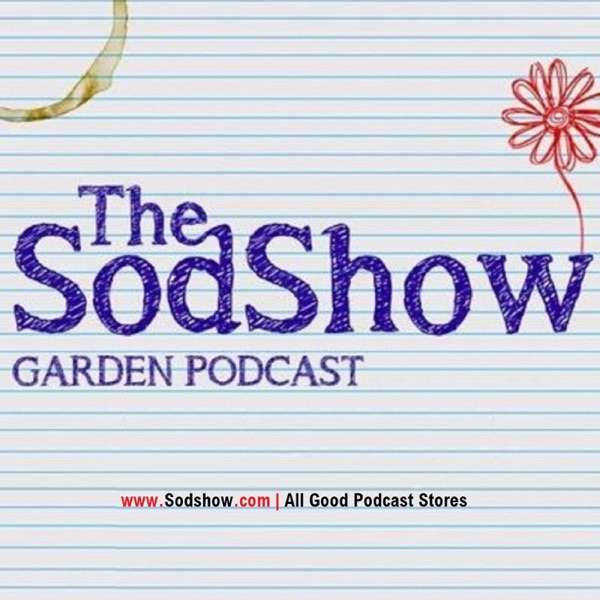A podcast for those who are looking to slow down, return to their roots and feel more self-sufficient. Join Mandi Pickering of Wild Oak Farms, and Angela Ferraro-Fanning of Axe & Root Homestead in their new podcast HOMESTEADucation, created by homesteaders for homesteaders. This podcast will explore different facets of homesteading in detail including vegetable gardening, fruit orchard care, animal husbandry, and more. Follow us on Instagram: Angela @axeandroothomestead and Mandi @wildoakfarms
- Home
- Top Charts
- Top Networks
- Top Apps
- Top Independents
- Top Podfluencers
- Top Picks
- Top Business Podcasts
- Top True Crime Podcasts
- Top Finance Podcasts
- Top Comedy Podcasts
- Top Music Podcasts
- Top Womens Podcasts
- Top Kids Podcasts
- Top Sports Podcasts
- Top News Podcasts
- Top Tech Podcasts
- Top Crypto Podcasts
- Top Entrepreneurial Podcasts
- Top Fantasy Sports Podcasts
- Top Political Podcasts
- Top Science Podcasts
- Top Self Help Podcasts
- Top Sports Betting Podcasts
- Top Stocks Podcasts
- Podcast News
- About Us
- Podcast Advertising
- Contact

 Our TOPPODCAST Picks
Our TOPPODCAST Picks  Stay Connected
Stay Connected







